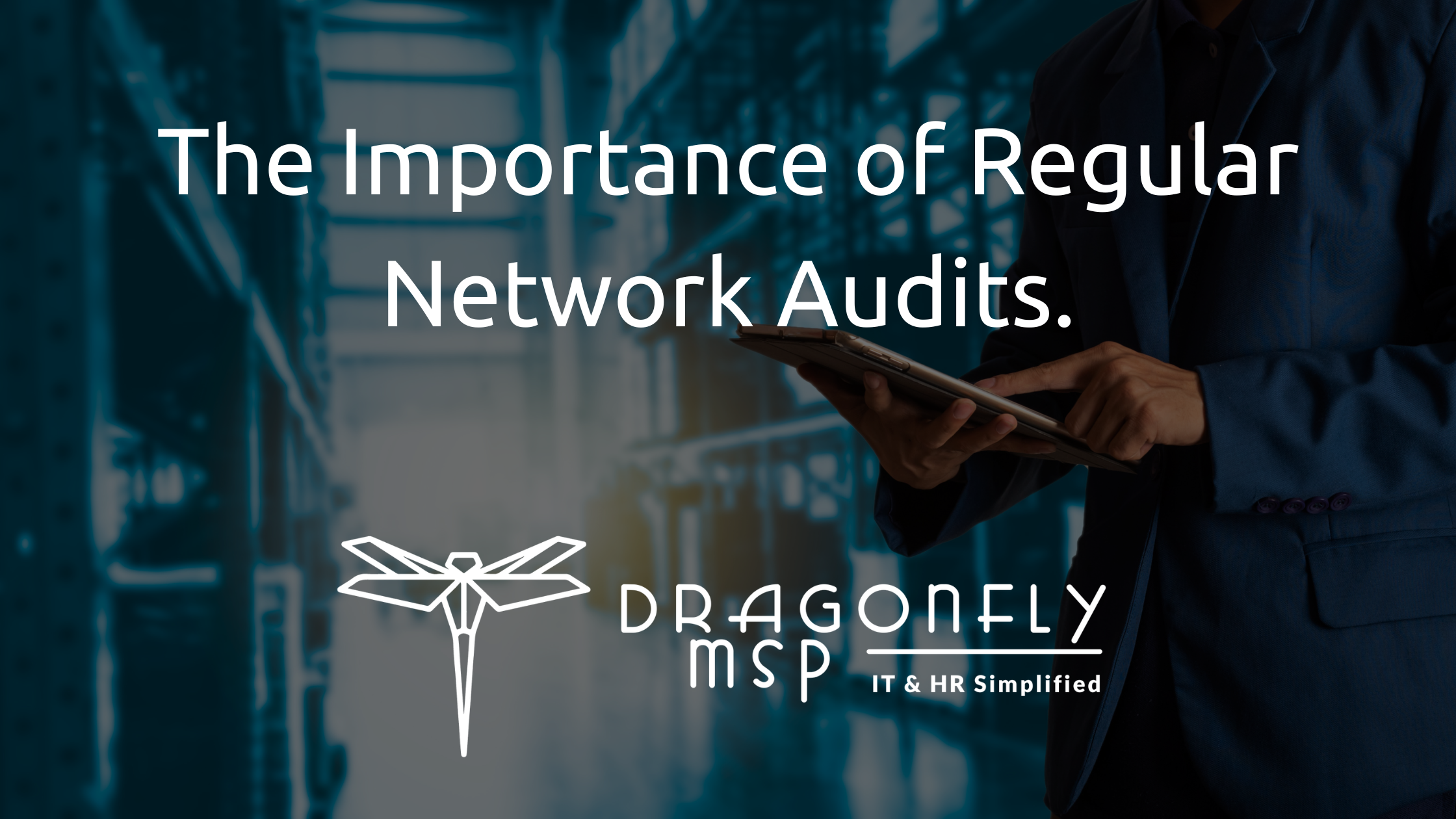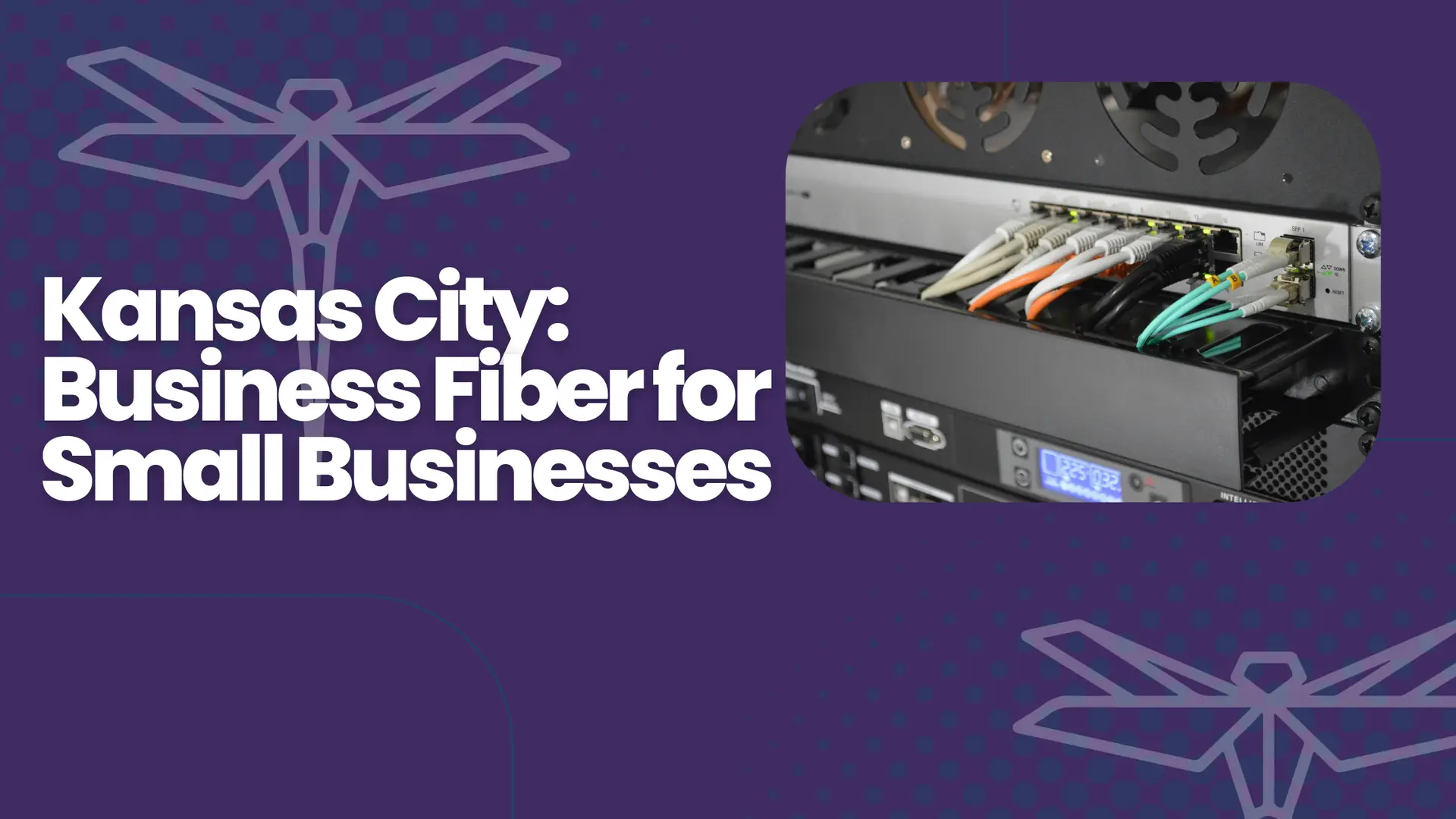In today’s hyper-connected world, businesses are heavily reliant on their IT infrastructure. Networks serve as the backbone, supporting everything from daily communications to vital data storage and processing. But, like any robust system, they require constant vigilance. That’s where regular network audits come into play. Without them, organizations may find themselves vulnerable to cyber threats, operational inefficiencies, and unexpected downtimes. So, what’s the big deal about network audits? Let’s dive in.
Understanding Network Audits
Network audits aren’t just about running a few checks here and there. They’re comprehensive evaluations of your IT infrastructure to ensure everything’s running smoothly and securely. Think of them as health check-ups for your network, ensuring all components are functioning optimally and securely.
- Hardware and Software Assessment: Ensures all devices and applications are up-to-date and compatible.
- Security Evaluation: Identifies vulnerabilities and potential entry points for cyber threats.
- Performance Analysis: Checks for bottlenecks and areas of inefficiency.
- Compliance Verification: Ensures that the network aligns with industry standards and regulations.
The Importance of Regular Network Audits
-
Prevention of Cyber Threats
Cyber threats are evolving at a breakneck pace. Without regular audits, businesses might find themselves on the back foot, reacting to breaches rather than preventing them. By identifying vulnerabilities before they can be exploited, network audits act as a proactive line of defense.
-
Maintaining Compliance
Industries have strict regulations when it comes to data protection and network security. Regular audits ensure that businesses remain compliant, avoiding hefty fines and reputational damage. Whether it’s PCI, HIPAA, or any other standard, audits help in aligning network practices with required guidelines.
-
Enhancing Network Performance
A well-audited network is a well-performing network. By identifying bottlenecks and inefficiencies, audits can lead to improved network speeds, better resource allocation, and enhanced overall performance. It’s like tuning a car engine for optimal performance.
-
Boosting Operational Efficiency
Operational hiccups and inefficiencies can be costly. Regular network audits help identify these gaps, leading to smoother operations and reduced downtime. By ensuring all systems are in sync, businesses can focus on growth and innovation rather than troubleshooting.
-
Cost Savings
While audits might seem like an additional expense, they can lead to significant cost savings in the long run. By preventing breaches, improving performance, and maintaining compliance, businesses can avoid costly repairs, fines, and downtime.
Steps Involved in a Network Audit
-
Pre-Audit Planning
Before diving into the audit, it’s crucial to have a clear plan. Define the scope, objectives, and desired outcomes. This stage sets the groundwork for a successful audit.
-
Data Collection
Gather data on all network components, from routers and switches to servers and endpoints. This comprehensive data collection ensures no stone is left unturned.
-
Analysis and Evaluation
Once the data is collected, it’s time to analyze. Identify vulnerabilities, inefficiencies, and areas of non-compliance. This phase is the heart of the audit, where insights are gleaned.
-
Reporting
After analysis, compile a detailed report. This should include findings, recommendations, and action plans. The report serves as a roadmap for improving network health.
-
Implementation of Recommendations
An audit is only as good as its implementation. Ensure that all recommendations are acted upon, from patching vulnerabilities to optimizing performance.
-
Follow-up and Re-evaluation
After implementing changes, it’s crucial to follow up. Re-evaluate the network to ensure that all issues have been addressed and that the network is running optimally.
FAQs
Why are network audits necessary?
Network audits are essential for identifying vulnerabilities, ensuring compliance, and optimizing performance. They serve as a proactive measure to safeguard IT infrastructure.
How often should a network audit be conducted?
This can vary based on industry and network size, but typically, businesses should aim for at least an annual audit. However, more frequent audits might be necessary for high-risk industries.
What tools are used in network audits?
There are numerous tools available, including network analyzers, vulnerability scanners, and performance monitoring tools. The choice of tools depends on the audit’s scope and objectives.
Can network audits be conducted in-house?
While some businesses have the expertise to conduct in-house audits, many opt for third-party experts like #dragonflymsp for a comprehensive and unbiased evaluation.
What are the common challenges faced during network audits?
Common challenges include data collection, staying updated with evolving threats, and ensuring all network components are covered. However, with a clear plan and expert guidance, these challenges can be overcome.
Conclusion
The importance of regular network audits cannot be overstated. They’re the unsung heroes of IT, ensuring that businesses remain secure, compliant, and efficient. In an ever-evolving digital landscape, staying one step ahead is crucial. By investing in regular audits, businesses can safeguard their IT infrastructure, protect sensitive data, and ensure seamless operations. So, don’t wait for a breach or a bottleneck to take action. Embrace the power of network audits today and secure your business’s future.
For businesses looking to ensure their networks are in top shape, partnering with experts like #dragonflymsp can make all the difference. With their comprehensive services and commitment to excellence, your network’s health and security are in good hands. Remember, in the world of IT, prevention is always better than cure.
#dragonflymsp #CyberSecurity #ITManagement







